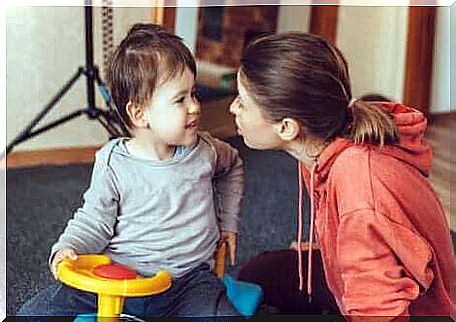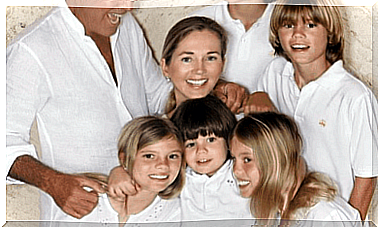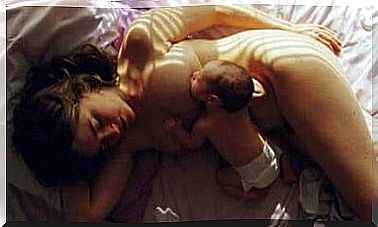6 Major Changes Between 2 And 3 Years Old – Being Parents

Between 2 and 3 years old, the youngest go from babies to children. Therefore, at this stage of development, children are expected to experience a multitude of changes, both cognitive and physical, emotional and social.
Want to know what are the most important changes that occur at this age? We will tell you everything in the rest of this article.
6 major changes between the ages of 2 and 3
From the age of 2-3 years, children, in addition to their physical growth, also reach cognitive maturity, so many of their abilities are largely developed during this stage.
In addition, they begin to have different relationships with the world and gain autonomy and independence, so that they begin to take on certain tasks that they did not do before or that they performed with. help from their parents or other adults.

In this way, parents observe how their children change and grow into little beings eager to continue learning and acquiring new skills.
1. Between 2 and 3 years old, children acquire autonomy to go to the bathroom
According to the La Rioja Early Care team, by the age of 2, children are able to recognize the potty and toilet, and can even use them correctly, provided an adult tells them to.
When children are 3 years old, children usually ask to go to the bathroom, they can even go on their own, although they usually need help cleaning themselves. Plus, once they’re done looking after their needs, they can wash and dry their hands on their own.
2. They acquire a certain autonomy to dress
Most 2 year olds know how to take off their shoes and pants, if they have been unbuttoned before. By the age of 3, they become more proficient in this area; they learn to undress and begin to dress with the help of an adult.
3. They learn to eat independently
Another noticeable change between ages 2 and 3 is that children go from using a spoon to eat on their own, with some difficulty, to fully mastering the use of cutlery, spilling less and less food.
4. Speech becomes more complex and more understandable
During the second year of life, children use simple language based on the completion of sentences formed by a noun and a verb. For example: “ I want water ” or “ Mom is coming ”. They also answer simple questions, such as “ what are you doing, what do you want, where are you ” etc.
However, in the third grade the speech becomes more complex and understandable , as children master virtually all phonemes and add gerund verbs, plurals, pronouns and articles to their vocabulary. This is why they often use oral language to say what they are doing, what they want or what is happening to them.

5. Their social life is growing
Between the ages of 2 and 3, most children begin the stage of early childhood education, so that they move from a relationship almost exclusively with the family nucleus to interacting with their peers (classmates) and others. adults (teachers).
Therefore, it is a period when, by significantly increasing their social life, they acquire skills related to socially accepted norms and behavioral habits.
6. They start helping out around the house
Although it may seem early, children 2-3 years old can start helping out around the house, which helps keep the house tidy. For example, they can help pick up and put away their toys or put easy things on the table, such as plates, napkins, spoons, etc.
Regarding the development of children between 2 and 3 years old …
The lives of children between 2 and 3 years old change a lot. But so do the lives of parents, who have to assume that their children are growing up and not as dependent as they once were.
However, if at this age any of the above-mentioned changes are not made, there is no cause for alarm, as each child follows their own pace of development and learning.









